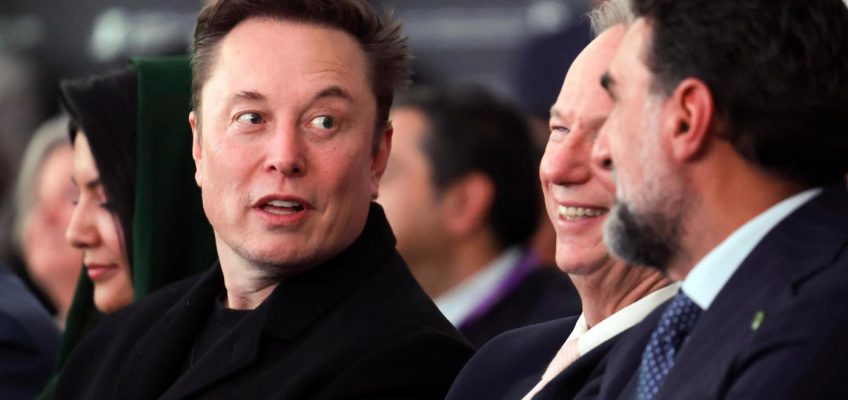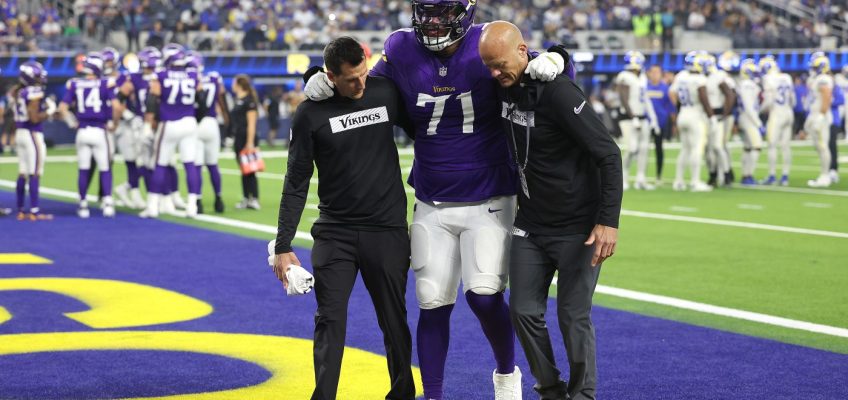Say what you will about the whirlwind first month of President Donald Trump’s second term, but even his vocal critics couldn’t accuse him of avoiding the media or tough questions.
In stark contrast to his doddering predecessor, Trump defends his agenda virtually every day, providing the American people with regular updates on what his administration is doing and why.
Compare Trump’s vim and vigor with former President Joe Biden’s preference for the White House basement. Axios noted in July that Biden had “engaged in fewer press conferences and media interviews than any of the last seven presidents.” According to presidential scholar Martha Joynt Kumar, Axios noted, Biden had “given fewer media interviews than any other president since at least” Ronald Reagan.
At one point, Joe Concha noted in Politico in 2023, it had been 150 days since Biden had held a formal news conference in the White House. “Let that sink in,” he wrote. “The U.S. president has refused to speak with any reporter who isn’t pre-approved from a very short list in the past five months.”
Trump, meanwhile, has made a number of eye-poking moves in the past four weeks but hasn’t shied away from addressing any controversy. “So far, like a good foreman of a moving company, Trump has done everything he can to guide Americans through his vast and lofty plans and actions,” David Marcus wrote this week for Fox News. “As long as this radical transparency continues, the Trump administration will have a long runway of good will to land its policies and transform America.”
Marcus is correct, and the White House is to be applauded for offering virtually unprecedented access. But for the Trump administration to fully embrace transparency, it must also acknowledge the value of open records and instruct federal agencies to comply with Freedom of Information Act requests rather than obstruct legitimate efforts to keep American taxpayers informed about the workings of the government they fund and the bureaucracies that work on their behalf.
FOIA requests increased significantly during Trump’s first four years in office, and backlogs worsened under Biden. The Nieman Lab, a journalism advocacy group, reports that, “as of the third quarter of 2024, federal agencies had a backlog of over 222,000 FOIA requests, an increase of 10 percent from the previous year.”
Trump’s commitment to accessibility and transparency would be greatly enhanced if his administration worked diligently to ensure that the government responds in a timely fashion to those seeking to view public documents.
— The Las Vegas Review-Journal




